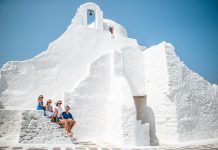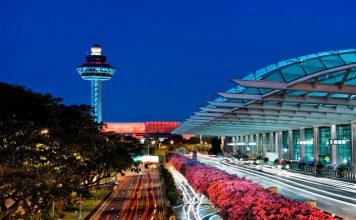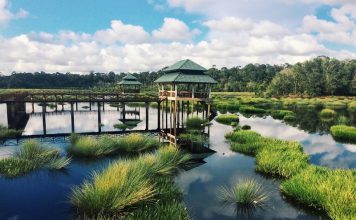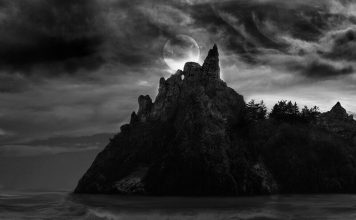What is Syria Famous/Known For?
9Krak des Chevaliers
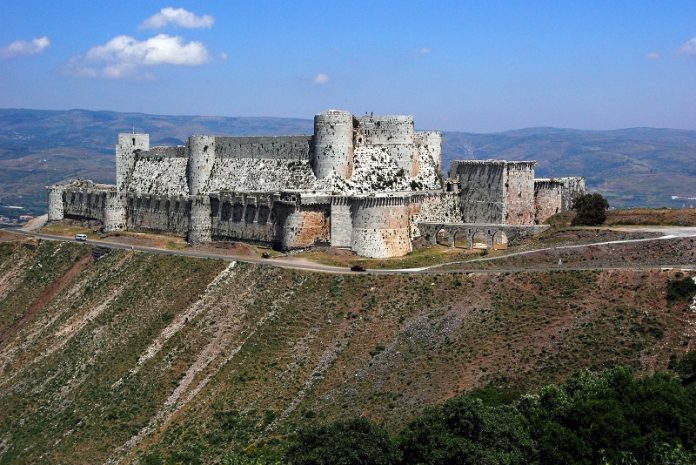
Source: Link
The Crusader castle is one of the most significant conserved medieval castles across the globe. First constructed between the years 1142 to 1271 by the Hospitaller Order of Saint John of Jerusalem and improved by the Mamluks in the late thirteenth century. The Krak des Chevaliers is listed as one of UNESCO World Heritage Sites. The history of the Krak des Chevaliers faithfully reflects that of the Crusades and that of the Christian presence in the Holy Land. Its journey begins in 1031, when the Emir of Homs decided to place in a cliff of difficult access to a garrison of Kurds, whose mission would be to control the roads that linked the coast – about thirty kilometers – with the interior. It seems that the Crusaders of Raymond IV of Tolosa took the castle for the first time in 1099, although it was not definitively occupied until a decade later by Tancredo de Galilea, one of the chiefs of the first crusade. Seeing the strategic weight of the enclave, both military and commercial, the Christians decided to expand and reinforce it. The works started immediately. The great outer wall that would surround the inner fortress was erected and a wide ditch was dug between the two defense lines that were filled with water. Especially powerful were the defenses built on the south face, the only place where the castle opened to flat ground, and almost the only one by which it could be attacked. On that face, before reaching the impressive first canvas of walls, the attackers had to circumvent a slope and save a dry moat, which delayed their approach and allowed defenders to harass them. In 1142 the castle was handed over to the Hospitaller order of St. John of Jerusalem, the hospitable ones, who made it their headquarters for almost a century. From then on he was known as Krak des Chevaliers, although the Muslims still referred to him as The Fortress. Click the next ARROW to see the next photo!

